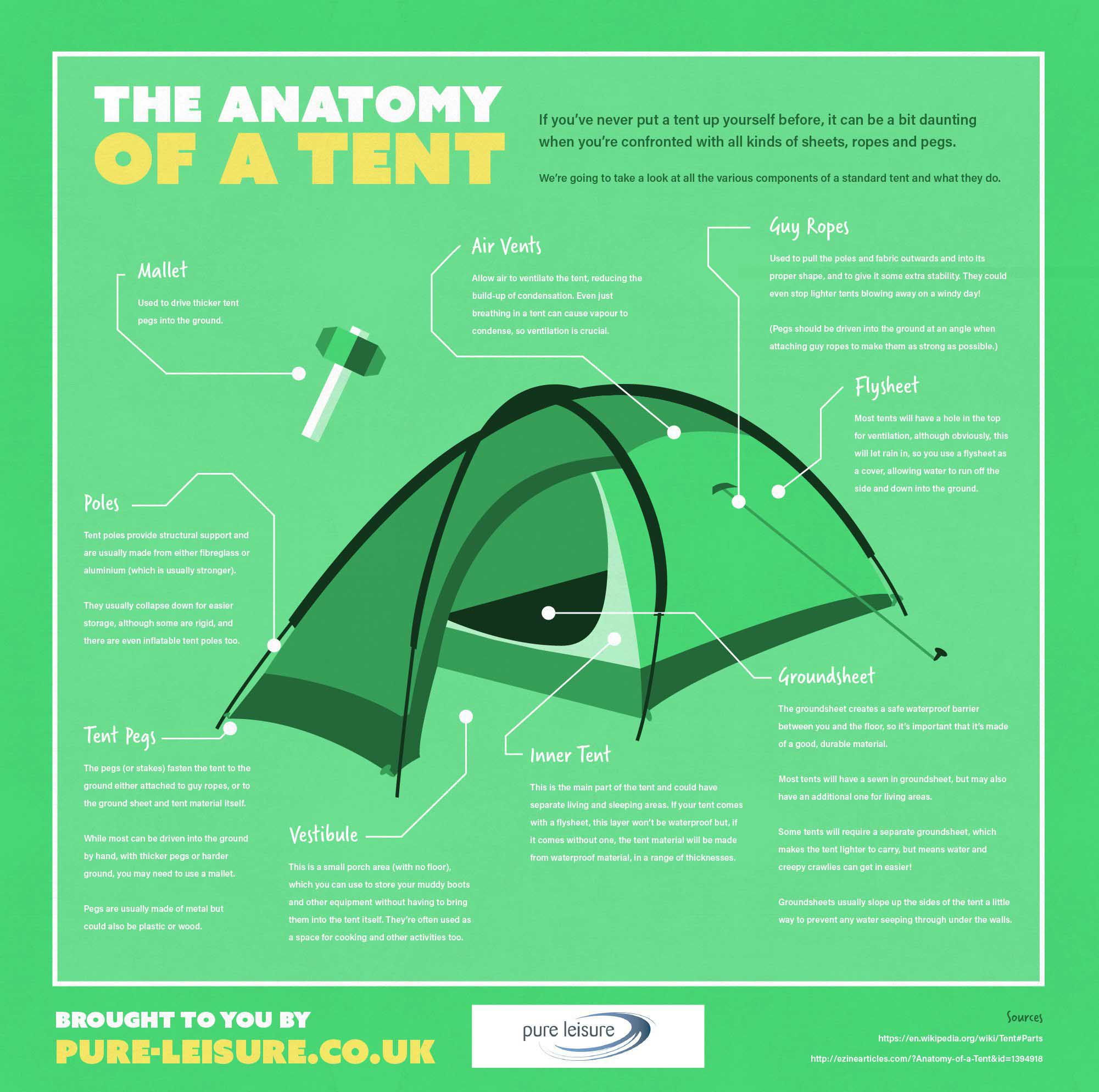Can You Over Treat A Tent Waterproofing Myths Debunked
Man Lines Versus Internal Frames: Which Gives A Lot More Stability?A tent without guy lines is at risk to breaking down or being blown away in windy conditions. By affixing to marked loopholes or accessory points, and after that connecting to support factors like rocks, trees, or camping tent risks, man lines provide additional assistance beyond what is offered by a shelter's inner structure and outdoor tents posts.
Tent Security
Camping tent security is necessary for event safety and a comfy experience. A stable outdoor tents can stand up to extreme climate condition, including high winds, rain, and snow without danger of damages or collapse.
The sort of framework and cover materials utilized can influence outdoor tents security. Century post outdoors tents, which count on a single central pole for assistance, are more prone to high wind speeds than structure tents. Framework camping tents feature a grid-like system of light weight aluminum or steel beam of lights that collaborate to support the structure, sharing the tons so nobody part takes all the tension.
To stabilize a tent, the first step is to affix individual lines to the outdoor tents's person out loopholes. Use a dependable knot, like a bowline or clove drawback, to connect the line to the support point, and see to it it is taut but not as well limited. This will protect against damaging the camping tent fabric or straining the posts, while dispersing tension uniformly.
Wind Security
In wind power, atmospheric security is a critical aspect for accurate price quotes of wind speeds at various heights. Numerous methods to establish the vertical profile of the wind demand to take this characteristic right into account. Overlooking it can cause imprecise results, leading to overstated energy delivery prices or less than expected performance.
Weather vary according to the website location and climate phenomena happening back then. For example, prevailing wind shear depends upon the kind of weather condition present, such as a stable or unstable ambience, or a layering of air masses with different temperature frameworks, advertising instability or security.
At the study site, an evaluation was executed to get the distribution of atmospheric security specifications at two elevations (20 m and 50 m). Figure 8d shows that shear values are more distributed and have a tendency to be higher in unpredictable weather. This confirms the diurnal behavior of these parameters in a primarily unstable ambience.
Weather Security
While weather condition apps and WX SMARTS write-ups have a tendency to concentrate on fronts, systems, and thunderstorms, climatic security is less-talked regarding, yet it's ingrained in everything from wind gusts and clouds to vertical updrafts and downdrafts. Stability is just defined as the ability of an environment to reply to vertical activity. Consequently, meteorologists evaluating upper-air monitorings utilize a convenient graph known as the Skew-T representation that highlights the air's feedback to vertical displacement, with security states categorized as steady, neutral or unstable. Of course, the above description is simplistic; there are numerous variables that influence waterproofing security, such as vertical wind shear and latent heat release during condensation. These procedures alter the ecological lapse rate and impact buoyancy, updrafts and downdrafts, and cloud development in intricate ways.
